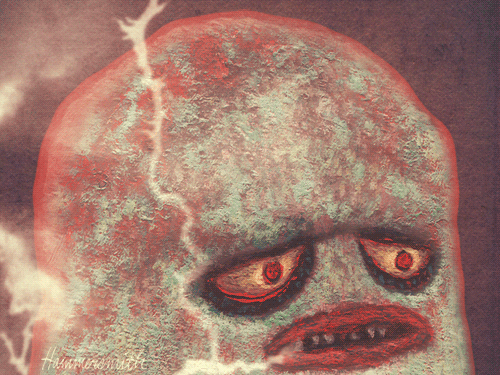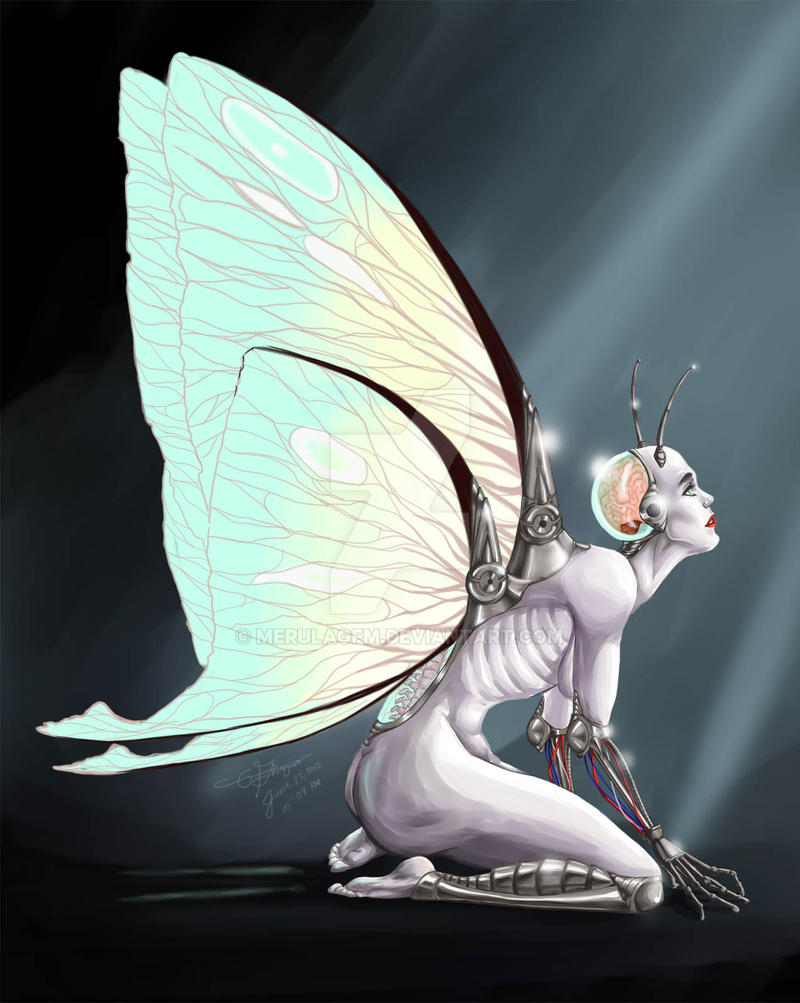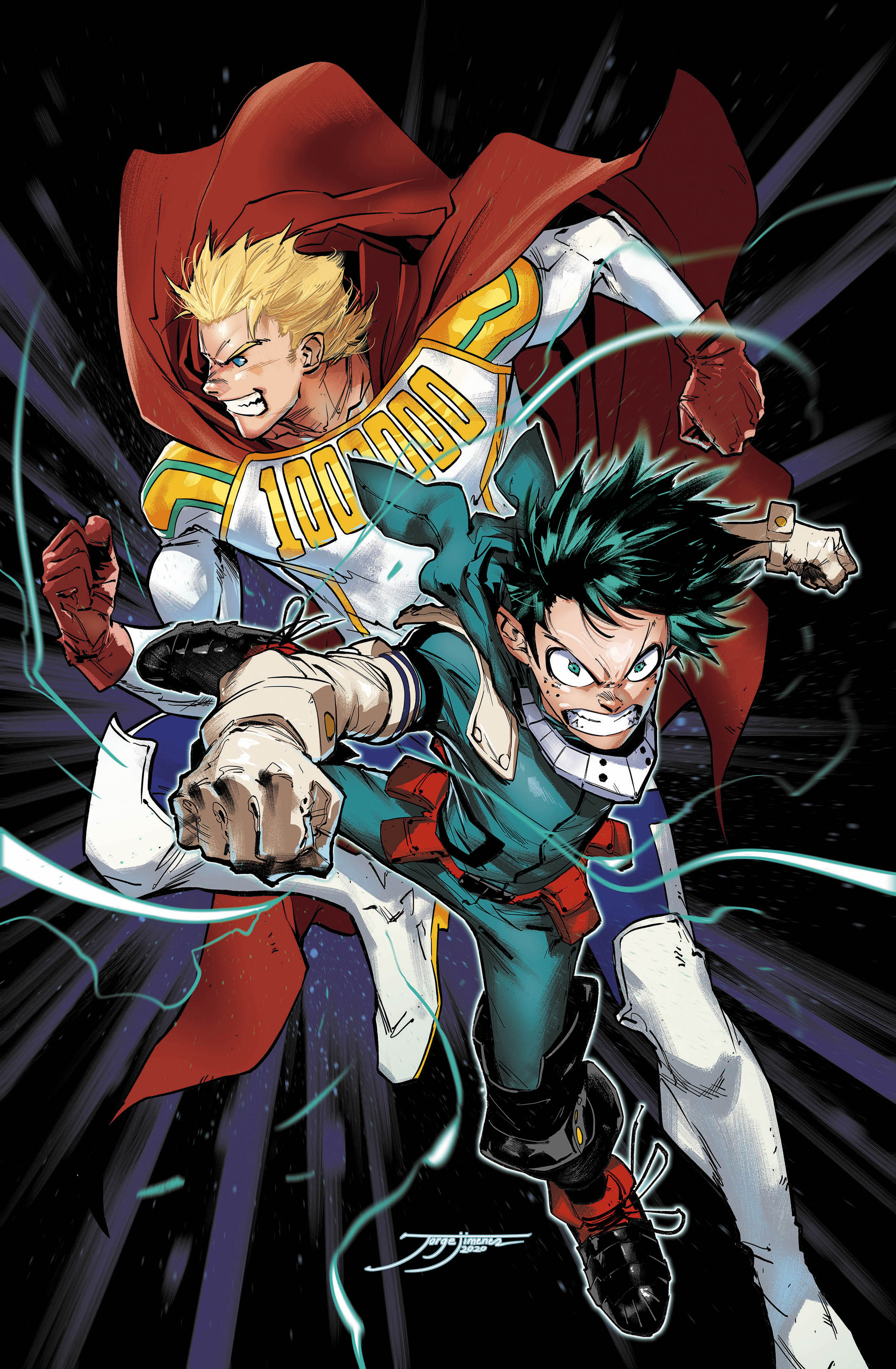tl;dr What if Tsutomu Nihei did a take on something between Iron Man and Doctor Strange? So of course I use other artist and mangaka references in this post instead of Tsutomu Nihei ;). I've been sitting on this draft for a while but was inspired by Semiurge's Assorted Superhero Stuff to finally post this.
Not the best fit for the Rebis Bondi power armor but I googled "biblically accurate angel mecha" as a starting place, found this, and decided it was too good not to use.
Name: Mercury Maimonides
Appearance: Tall and muscular, but not bulky. Long, curly, shaggy auburn hair, brown eyes, and light skin. A straight nose and close-set eyes. Often wears retrofuturistic wraparound sunglasses, a satiny, bedazzled blue trench coat over a black jumpsuit, and red disco shoes.
Costume: The Magnum Opus "Power Armor". Like a baroque sculpture of an androgynous form, with a blue-gold mercurial sheen phosphorescing a mélange of black, white, yellow, and red. Carved into the eyes are the symbol of the squared circle, and on its forehead the symbol Mercury. It has sleek ears reminiscent of the helmet of Hermes, two sets of fighter jet wings, a nanofilament lion's mane, a sharp prehensile oxtail, and eagle talons. Two wheels of similar material spin and rotate around the body, lined with glowing alchemical symbols of squared circle eyes.
Description is more specific, but in my head it's almost like Rahxephon or Zone of the Enders as a power armor.
Powers and Skills:
- Magnum Opus (Power Armor)
- Quintessence Generator
- Akashic Intelligence Daemon
- Morphogenetic Field-Repair System
- Quantum Vacuum Engine
Power Level: ☿
Publication History
Rebis Bondi was first serialized in Adad Magazine of the eponymous anti-anti-art collective in Kingston, New York. Each copy of each issue of the magazine was created from scratch, from memory, as per the Adad Manifesto. Naturally, it did not receive wide distribution, and often two magazines that were nominally the same issue came out quite differently. Few issues were sold, and fewer distributed outside the area of Upstate New York. When Adad Publishing went out of business they had intended to destroy every copy of every unsold magazine in a suicide ritual, however, production editor Sarah Silver, who was holding several "copies" of Issue 6, was fatally struck by a car on that same day, and her family took possession of those remaining issues.
The ensuing media coverage over the publisher / art collective / cult's suicide pact and legal rights over the remaining works imbued Adad Magazine with a kind of legendary status, and from what few issues remained, early internet message boards pieced together (or often wholesale created) the catalog and continuities of the various works, with Rebis Bondi quickly becoming the most popular work. This was in large part due to the cover on one version of Adad Magazine Issue 6, a hand-drawn portrait of Mercury Maimonides with a kind of understated yet layered micro-expression sometimes compared to the Mona Lisa.
The rights to all Adad Magazine properties was purchased by Todd McFarlane Productions Inc. in 1995, and it was this X-Treme version of the property which became a mainstream success, to the chagrin of the online fan community that had formed around the legend of the original magazine[1]. Despite initially strong sales, Rebis Bondi sales dropped significantly after the first year, and the book was cancelled by 1997, and ongoing legal pressure by the Silver Estate, TMP eventually sold the rights to the Silver Estate for a nominal fee.
After a poorly received attempt at a reboot licensed by DC for its Vertigo imprint in the mid 00's, the property remained dormant until 2019 when Fantagraphics made arrangements with the Silver Estate. Although delayed due to Covid, this seminal run became a cultural touchstone of the Covid-19 Pandemic.
Shintaro Kago. The former we will pretend is Mercury Maimonides' environment suit she wears in the Chiral Mirror during the Fantagraphics run. The latter is what happens if she doesn't wear the suit.
Biography
Adad Magazine
Only one version of Issues 3 and 5 and three versions of Issue 6 of Adad Magazine have been preserved. In Issue 3 Mercury Maimonides appears to be in the midst of a psychedelics-assisted alchemical ritual like a Wizard Duel or Hacking Sequence, in opposition to the Machine Goddess. In Issue 5 she fights Grendel in the Rebis Bondi power armor. Issue 6 introduces the Baby's Laughing in Paradise cult, although the BLiP is presented quite differently in each Issue, as though the creative team were refining the concept across each version (see Publication History for more information on Adad Magazine).
Image / Todd McFarlane Publishing Inc.
The second volume of Rebis Bondi was a reboot of the series, more in the style of other Image Comics books of the 90's; sexy, hyper-violent, X-Treme. This version of Mercury Maimonides was a field anthropologist in the vein of Indiana Jones or Lara Croft (although preceding the first Tomb Raider by several months). The Machine Goddess was reinterpreted as her best friend from college and professional rival who becomes the Avatar of the Greek God Athena accidentally corrupted by a computer virus. The BLiP cult never appeared in this volume, although the BLiP M3-2 was reimagined as a demon from Hell in a crossover with Spawn. This Volume ended in a cliffhanger with the Spawn character Angela piercing Rebis Bondi with a sword through the heart and seemingly fatally wounding Mercury Maimonides.
Vertigo
A short-lived version of Rebis Bondi appeared briefly in Brian Azzarello's Hellblazer run before spinning off into a miniseries written by Azzarelo with art by Lee Bermejo. John Constantine investigates the BLiP cult in Japan and has a run-in with Rebis Bondi.
Fantagraphics
The Fantagraphics run saw Mercury Maimonides trapped within the Chiral Mirror, like an uncanny distorted reflection of our universe. The Rebis Bondi could not function in the Chiral Mirror, and so Mercury journeyed to find parts or achieve the necessary conditions to reactivate the armor piece by piece, solving problems through wits alone rather than alchemical power. Due to the chemical chirality of the universe, Mercury required an environment suit, viewing the world through a limiting visor screen, experiencing all senses as transductions of signals her brain could not otherwise perceive. Originally intended as an exploration of embodied cognition, it took on second meaning during the Covid-19 pandemic as an accidental metaphor for the shutdown period and viewing the world through digital screens.
I believe this is also Shintaro Kago, but for our purposes it's the Baby's Laughing in Paradise cult's M3-2 Power Armor (if we pretend the figure isn't Kaiju-sized...)
Villains
Machine Goddess: If history is another place, the ancient and unknowable Machine Goddess is like an alien being. In brief moments, through the projection of tinny recordings of lost lucidity, the Machine Goddess seems to have once been a being of crafts and creation, but now it appears only interested in destruction.
Her skin is twilight like the cosmos, dotted like a ginger with the violet-hot light of stars and nebulae. Lines like shooting stars course over her skin, thinning and branching into symmetric fractal patterns, vein-like, violet-whiteness fading into her forearms and hands, and ankles and feet. She has three pairs of arms that move in tessellation. She is covered in metallic armor, smooth and seamless, with lines that reflect and refract in a geometric manner; chitinous. A series of violet-white tubes arch along her back, always bending in uncanny ways, appearing the same when viewed from any angle, appearing detached from space-time when she moves or when one moves around her, or like a dimension unto herself. Her hair is violet-white and composed of straight strands that split into branches, each splitting into self-same branches; frizzy, but in an unnaturally symmetric, perfect way. The upper half of her face is kaleidoscopic, like many shifting spidery eyes, each a reflection of her whole face in miniature, with kaleidoscopic eyes reflecting the whole again, ad infinitum.
Grendel: This draconic cyborg, an ugly, disgusting, slimy creature, is the child of the Machine Goddess, but unlike its progenitor, there is no evidence of lost intelligence or drive to create. It is a being seemingly only of resentment and hate.
I envision Grendel as like the Afterbirth of the Broken Machine Dragon Poltergeist Form from Maximum Recursion Depth. Imagine like Evangelion Unit 1 but where the organic parts and armor are integrated more like a cyborg.
BLiP M3-2: The Baby's Laughing in Paradise cult started as a memestock / shitposting internet community turned LARP in the style of a Japanese death cult that eventually took itself too seriously. The BLiP M3-2 is an AGI robot, the messiah of the BLiP cult... according to cult leader Do No Evil Ape Akira. In fact, the BLiP M3-2 is merely a state of the art power armor worn by Akira like a Mechanical Turk.
The BLiP M3-2 power armor rests in an egg-like holographic fluorescing field. It's shape is like that of an embryo, a curled-up salamander of a body, bulbous outstretched head, beady eyes, and a maroon smile painted on its face. The splotchy colors of greenish-yellow and purple-maroon, patches of rust and oil, all accentuated by the oppressive fluorescent light, give the appearance of a newborn baby or stillborn corpse.
Think Eraserhead baby as a robot. I drafted this months before David Lynch died but RIP :(.
The publication history and biography sections got a bit conflated compared to how the information is usually presented in Wikipedia, but I'm reasonably satisfied with the end result.















